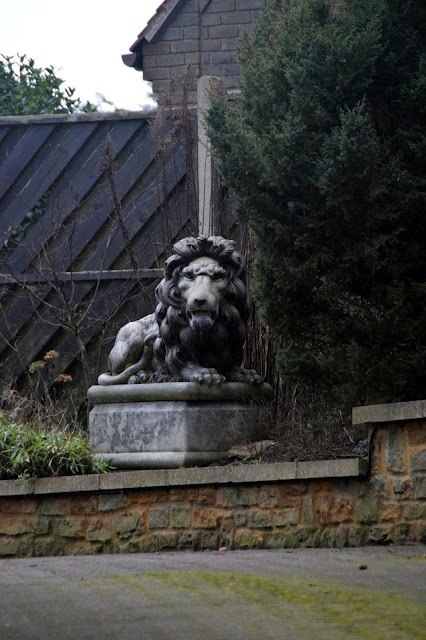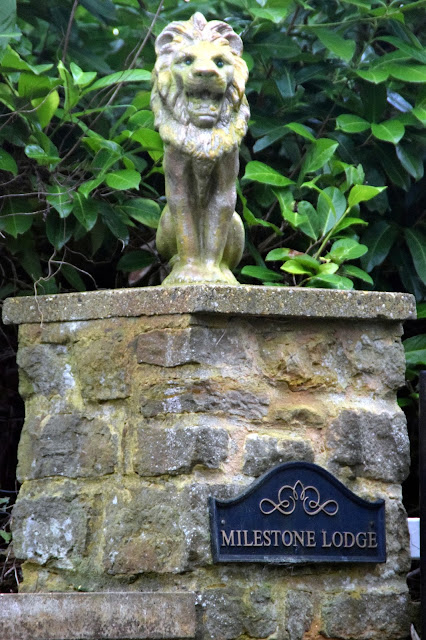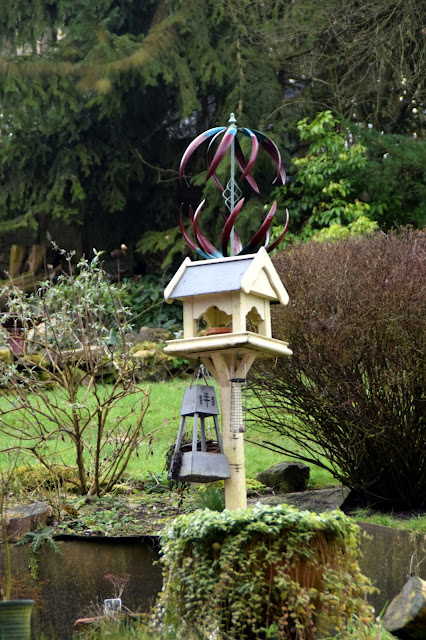"When you take that step to decide to that are
going to walk more, you can take it for granted that you have taken the
right step. Walking, as far as the requirements of good health go, can
prove to be extremely beneficial. If you are not willing to believe the
truth in the statement made, take some time out to observe people who
walk quite a lot. You will notice that the people who walk a lot more
than the ones who hardly do are a lot healthier than the non-walkers."
I go to nature to be
soothed and healed, and to have my senses
put in order.
- John Burroughs
put in order.
- John Burroughs
Braunston lies at the junction of the Grand Union and Oxford Canals in a rural setting on the border of Warwickshire and Northamptonshire, between Daventry and Rugby.
The village, on the hill above the canal, thrived for over 150 years on
the canal trade - carrying goods from the Midlands to London. Now it is
a centre for leisure activities and boasts by far and away the busiest
stretch of canal anywhere in the country.
The Wharf now Marina
In the 1780s this part of the village became a hive of activity when the
Oxford Canal passed under the turnpike bringing a busy wharf to this
important canal/road crossing. There were also canal employees’ houses
and a real concentration of pubs and alehouses. The “Ship Inn” stood
where Brindley Quays stands now. (At one time the railway bridge passed
over the top of it.) The “Bird in Hand” was at the bottom of Old Road
where the Marlborough Arms was also shown on a 1790 map. The “George
Inn” was opposite the “Ship Inn” on the London Road, as shown on a map
dated 1828.“The “George and Dragon “ and the “White Swan” were
demolished when the railway came in 1895, and, further down the road,
the “Champion Inn” was sold to the Wesleyan Society in 1863. It is now a
private house at the end of the row of cottages opposite the Marina
entrance. The hut next to it was a Boatman’s Mission.

From the cast-iron bridge one can see the turnover or “rover” bridge,
which, in the horse drawn boat days, enabled the towing animal to cross
from one side of the canal to the other without the need for
uncoupling. The brickwork at the top of the bridge was rounded to avoid
chafing the towing rope.
 |
| The canal at Braunston, where the Grand Union and Oxford Canals meet |
The Braunston Canals
To anyone with an interest in canal lore and legend Braunston is
“home”. It is at the very heart of the English canal system – a pivotal
point between North and South. Braunston captures the imagination of
waterway writers, artists and photographers, and, with its unique
environment, is a living historical monument.
The church (dedicated to “All Saints”) was rebuilt in 1849, on the
site of the previous church, to accommodate a growing population. The
1841 census records 1469 inhabitants in Braunston Parish. The stone from
the earlier 14th century church was used in addition to Kenilworth red
sand stone, while the parapets, aisles and tower spire are of grey
Weldon stone.
The church, with its fine, majestic crocketed spire rising to
150feet, dominates the surrounding countryside. Views of it can be seen
from all directions.
There are carved faces on either side of many of the windows. One
striking example on the end of a wall in the north-east corner has its
mouth open, perhaps to ward off evil spirits! There are also faces-
possibly of Queen Victoria and a monk - on either side of the porch
entrance. In the churchyard is the tomb of Admiral Oliver John Jones who
died at Westfield House, Braunston on 11th January 1878 aged 64 and so
far from the sea he had known!
Braunston Mill - an early 19th century sail- less brick tower mill
Braunston High Street is a miscellany of buildings, old and new, with
the old often doing its best to disguise itself, as steep-angled
thatched roofs make way for shallower slate and tile, and wooden window
frames are replaced with upvc.
Nonetheless, the front elevations of the present-day properties
reveal much of historical interest. Several buildings show evidence of
blocked doorways and windows, while 'Broadlands' and 'Checkley Close'
have a blocked vent beside the front door which used to provide a
draught for the fire.

At the top lock stood the Anchor public house, which was demolished
after the Second World War. It was originally part of a water mill which
fell into disuse when the Grand Junction Canal was built, destroying
its water source. The footings of the pub can still be seen by Anchor
House. The windmill next to the church in the village was built to
compensate the miller.
The “Admiral Nelson” public house, at Lock number 3, pre-dates the
canal and was originally a farm building. Cows were milked where the
restaurant is today, and there was a greengrocers shop in the skittle
room opening onto the lock side. Leslie Morton of Fellows, Morton and
Clayton used it as an office in the twilight days of canal carrying. It
is said to be haunted by a figure in black, who walks through walls
into the adjoining Nelson Cottage.
At the top lock stood the Anchor public house, which was demolished
after the Second World War. It was originally part of a water mill which
fell into disuse when the Grand Junction Canal was built, destroying
its water source. The footings of the pub can still be seen by Anchor
House. The windmill next to the church in the village was built to
compensate the miller.


 | ||
| Pump House - a steam engine was installed by Battom Lock to pump water from the small reservoir just below back up the flight for re-use at the summit |
Approaching the tunnel the remains of a wharf are visible. The tunnel
is 2042 yards long, 16 feet 6 inches wide and is lined with three layers
of brick. It is acknowledged to be a considerable civil engineering
achievement even though, because of a miscalculation, there is a “kink”
in the tunnel which is well known to boaters. Construction was carried
out by candlelight and the circular brick vents were also used to remove
spoil by means of a hand winch.
There is no towpath through the tunnel, but there is a bridleway over
the top. At one time it was necessary to use official leggers to work
the boat through the tunnel. There was a hut for leggers at each end. At
one time the fee was one shilling for a loaded boat and 9d for an empty
one.
It was nice walking from Daventry to Braunston and back to home




































































No comments:
Post a Comment